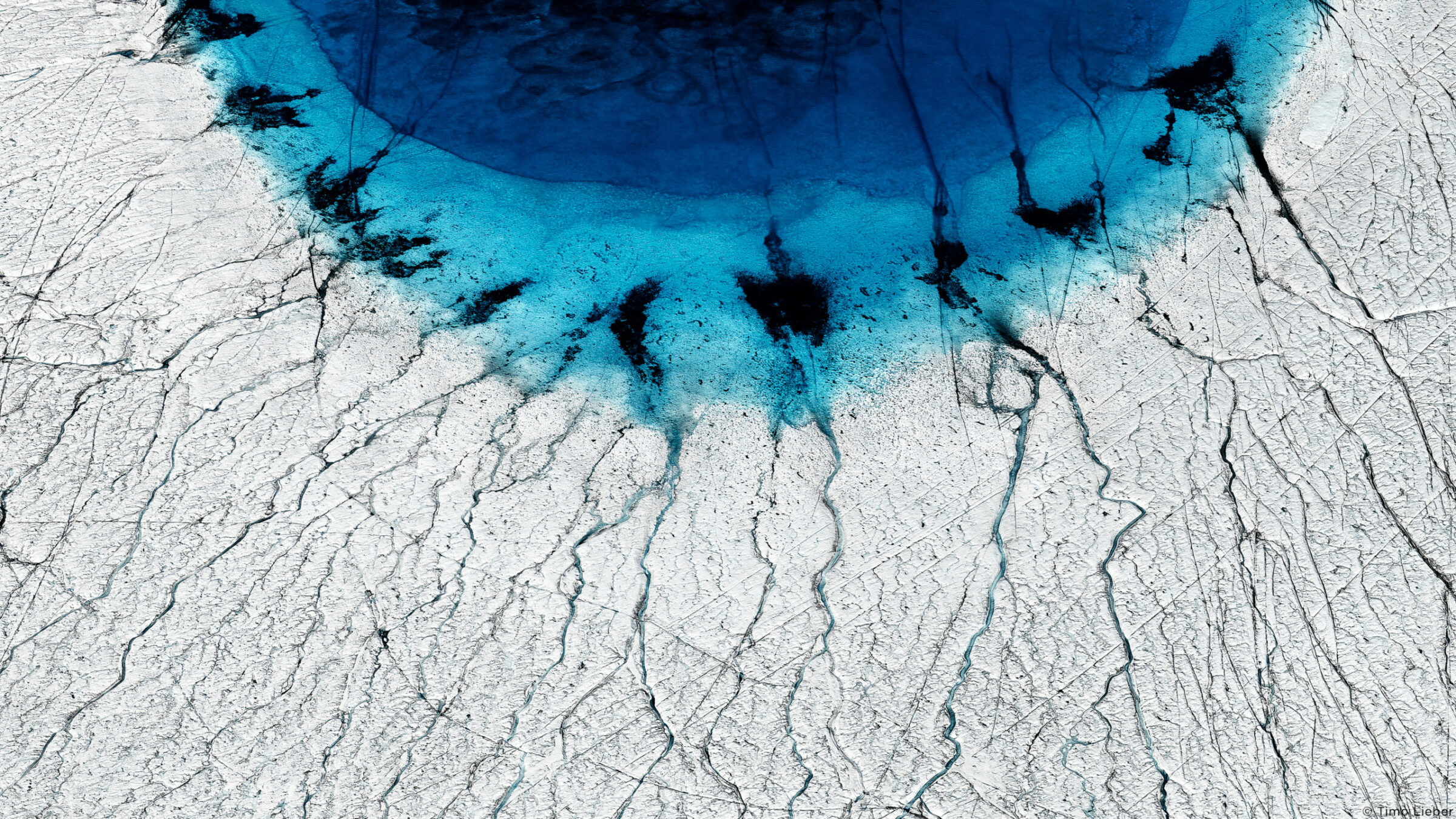Capturing extraordinary natural phenomena in a resounding way is something many artists and photographers strive to achieve with their work. But capturing a wonder of nature that’s eroding away all too rapidly brings with it a sense of urgency and – in Timo Lieber’s majestic work – poignancy. Timo’s THAW series focuses on the rapidly disappearing Arctic ice sheets, using aerial photography to capture vast icescapes using the XF Camera System with IQ3 100MP Digital Back.
Fine art aerial photography
“Having traveled to the Arctic numerous times and having seen the rate of change there, I have long wanted to capture the impact of global warming on the Arctic and translate it into striking photographic images. The Greenland ice sheet has been losing mass rapidly over the past few years and it is a major contributor to global sea-level rise – undoubtedly escalated by man’s contribution to global warming. It is currently losing an estimated 380,000,000,000 tonnes of ice annually. Yes, that is a 12-digit figure.”
“THAW is a collaboration between photography and the scientific work of several leading glaciologists. The idea is to raise awareness of what is going on in the Arctic as the scale of transformation is something we can no longer ignore, inconvenient as it is.”
What’s behind all this beauty?
“In terms of images, I wanted to create photographs that catch the eye. Intentionally, I do not give the viewers a real sense of scale in my photographs. This way, I invite them to step closer to the images and ask the question: what’s behind all this beauty?”
The right camera for the shoot
“As some of my prints measure almost 2 by 2 metres, it was critical to work with the best possible camera system for THAW that is currently available: the Phase One XF 100MP.
First of all, the resolution. 100 megapixels is a mind-blowing number. Shooting with the XF and the IQ3 digital back was a complete revelation for me. What this system record is so much more than what a human eye can ever see. The best proof: my printer, who has worked with many professional photographers over the years, nearly fell off his chair when he first looked at the 101-megapixel files.
Second, the precision. Shooting from planes and helicopters requires fast and accurate focusing. When the focus is off, even the tiniest bit, it is instantly visible in a 100-megapixel file and you can throw it away. In the past, I have often taped my lenses to infinity when shooting from the air, but with the XF, this is no longer required.
Third, the dynamic range. 15-stops really help when shooting in tricky lighting conditions. And trick light is the norm above remote icy landscapes!”
“Just to state the obvious – the XF Camera System is not the fastest and might never get there. Together with my gyro, it is a heavy set-up and you will feel your arms after a few hours of shooting. But having said that, it remains the most sensational camera system that currently exists in my view. Every time I pick up one of my large-scale prints, I cannot help but smile knowing it doesn’t get better than this – at least for now.”
Timo’s go-to lenses
“As an aerial photographer who does not travel with an entourage, I do not have the luxury of being able to change lenses easily in the air. Therefore, I tend to keep things simple and often use only two lenses on a trip.
“My go-to lenses are the Schneider Kreuznach 120mm LS f/4.0 Macro and the Schneider Kreuznach 80mm LS f/2.8.”
The 80mm lens is very light which helps overall weight and maneuverability a lot. At the same time, it is very sharp. The 120mm lens is equally good and I use it when I need a bit more reach. It is sharp beyond belief, edge to edge, which really helps when shooting at lower apertures. There are, of course, other amazing lenses in the line-up, but the above two fit my personal shooting style particularly well.”
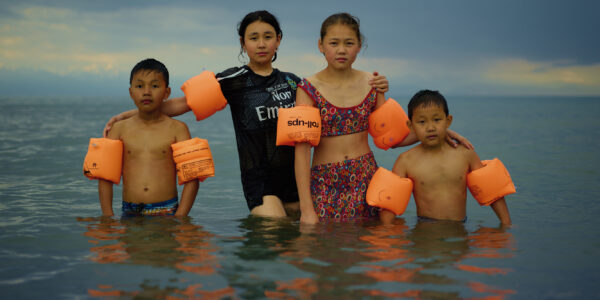
Photographer Stories
Intimacy in focus: Louise’s lens on humanity with Phase One_Part1
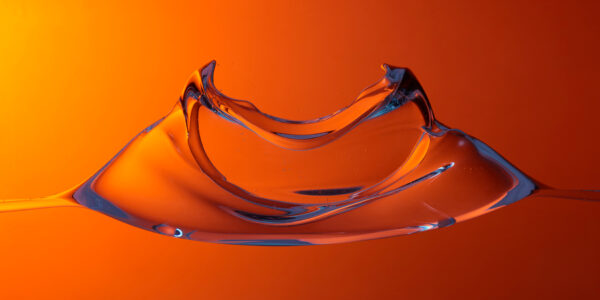
Photographer Stories
Dimitri Newman: Vision is Just the Start
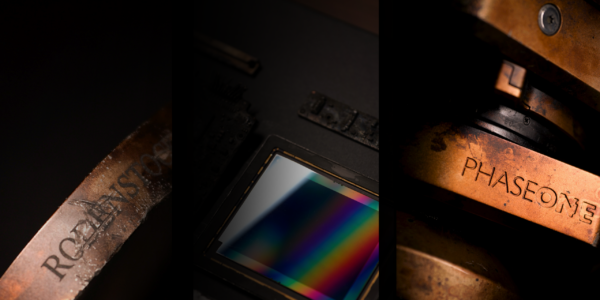
Photographer Stories
Ashes: The Rebirth of a Camera- Hexmalo
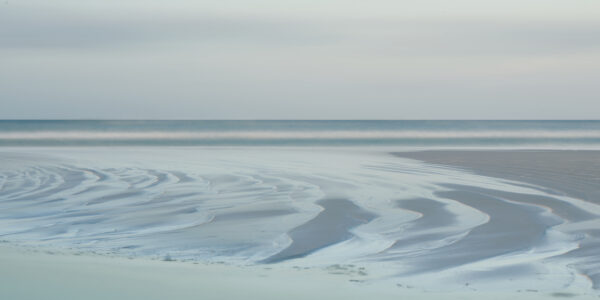
Photographer Stories
Chandler Williams: A Photographer’s Path
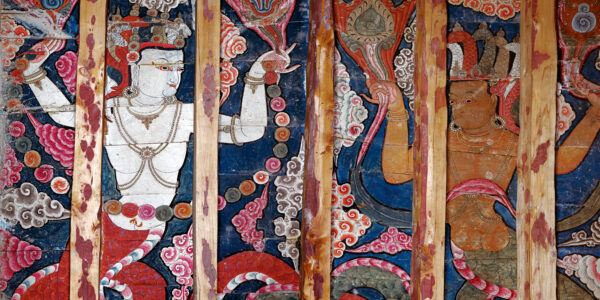
Photographer Stories
TABO- Gods of Light
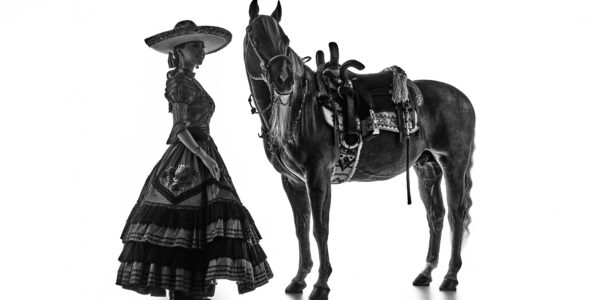
Photographer Stories
Loreto Villarreal – An Evolving Vision
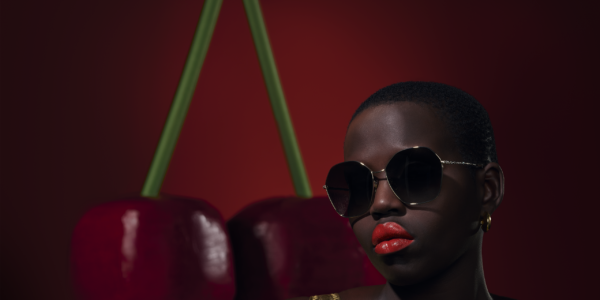
Photographer Stories
Tobias Meier – Storytelling Photography
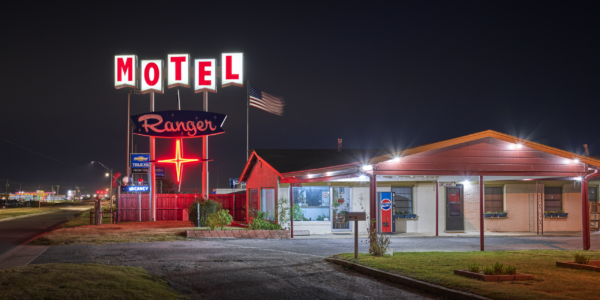
Photographer Stories
Gregory Essayan – Curating Reality
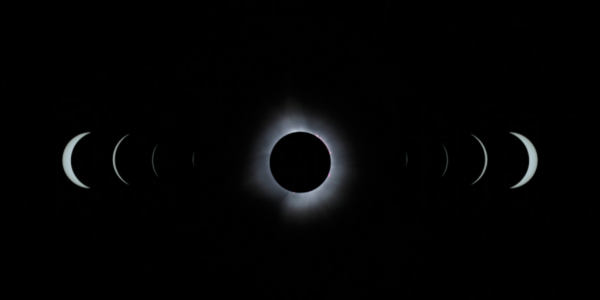
Photographer Stories
Total Solar Eclipse – Matthew C. Ng
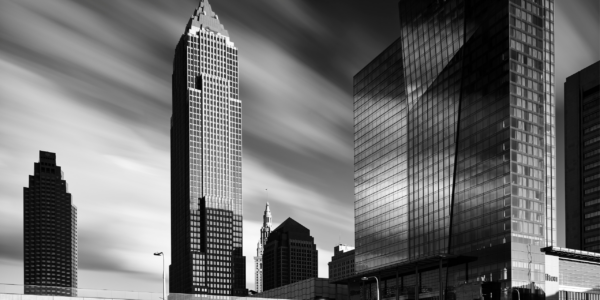
Photographer Stories
Roger Mastroianni – Frame Averaging
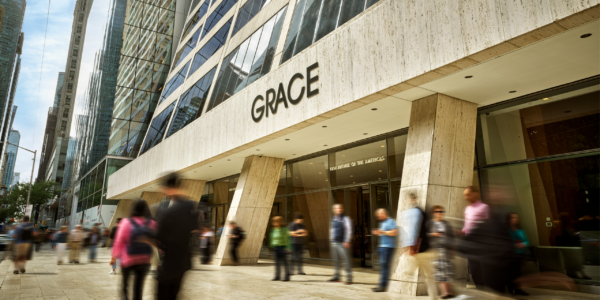
Photographer Stories
Matthew Plexman – Bringing portraits to life
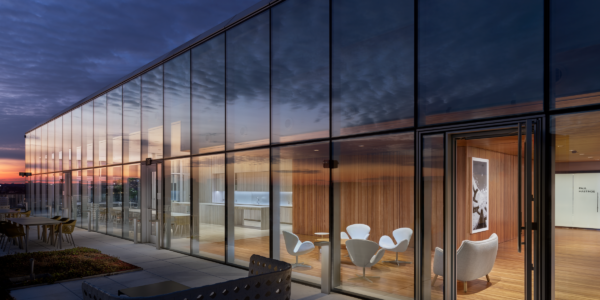
Photographer Stories
Prakash Patel – A Visual Design Story

Photographer Stories
Karen Culp – Food Photography Ideas

Photographer Stories
T.M. Glass: Flower portraits
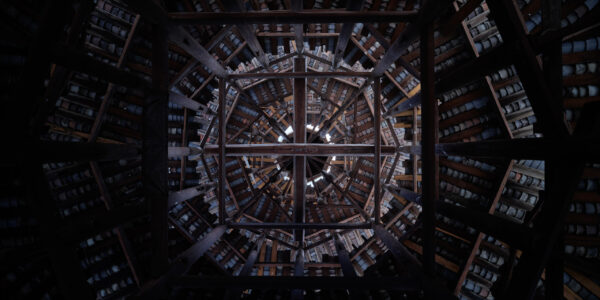
Photographer Stories
Preserving ancient Chinese buildings – Dong Village
